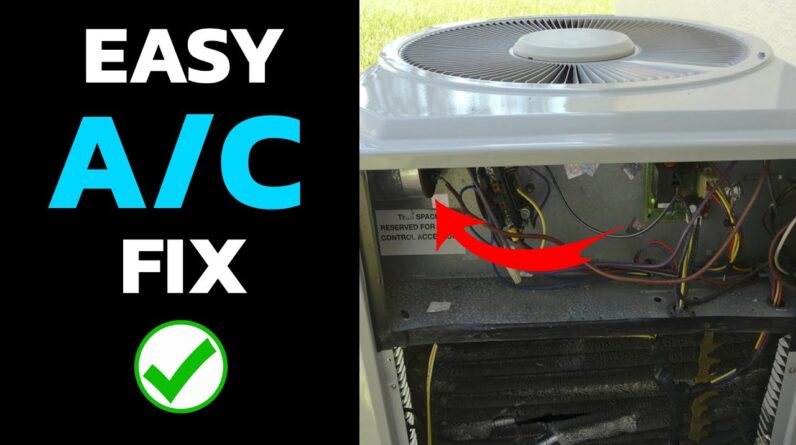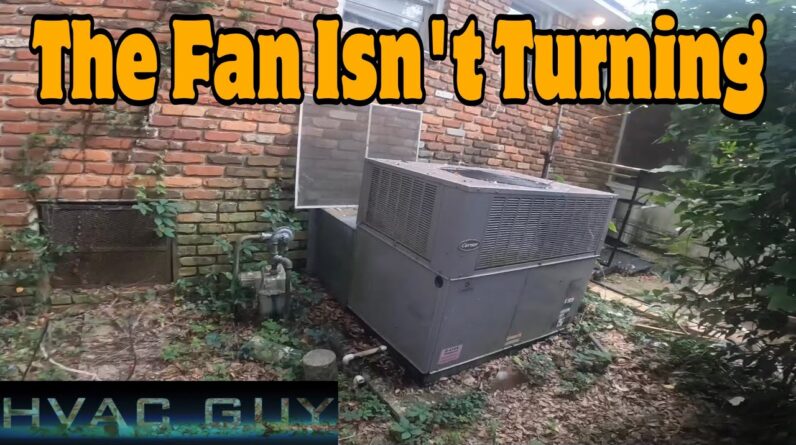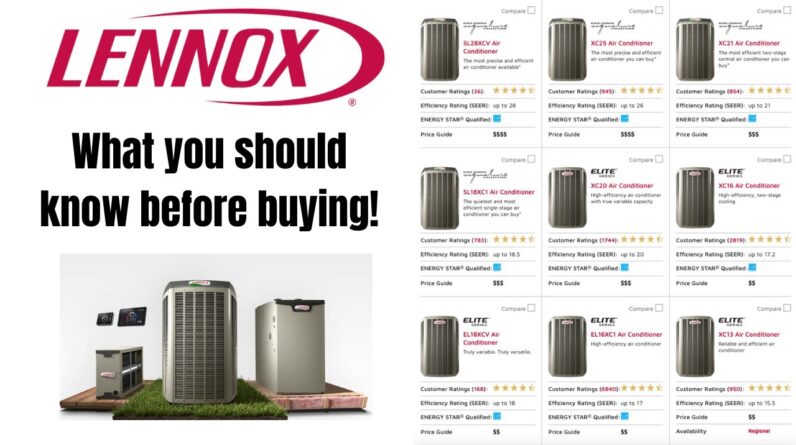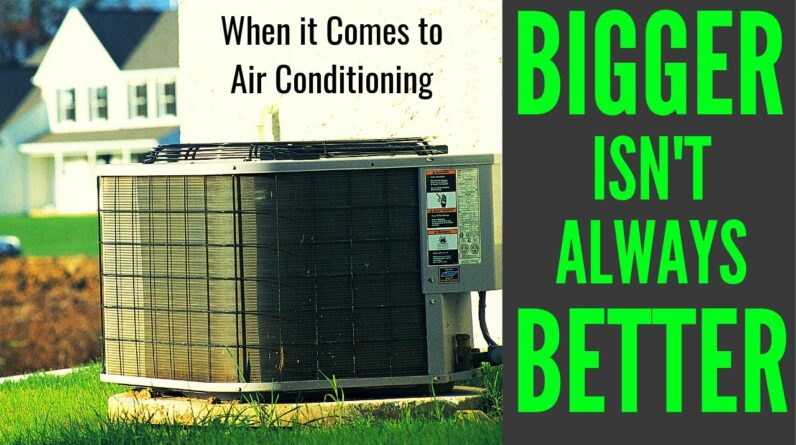Pumping Down a System: Efficiently Handling One-Man HVAC Operations
Every HVAC technician understands that working as a one-man crew is quite challenging. However, once you learn how to efficiently handle tasks alone, there’s a great advantage to minimizing the use of tools and equipment at the job site. In this article, we will discuss how to pump down a system using a compressor and how you can optimize your HVAC operations.
Why Use a Compressor for Pumping Down a System?
When you’re a one-man crew or a one-man operation, time and resource management are key factors to consider. By utilizing the available tools and equipment, such as the compressor, you not only save time but also increase the efficiency of your operations.
A compressor can help you pump down the system, which is essential in HVAC maintenance and repairs. Pumping down a system is the process of transferring refrigerant from one part of the system to another, usually from the evaporator coil to the condenser coil. This helps to isolate the refrigerant and ensures you can safely work on other components of the HVAC system without the risk of refrigerant leaks or unnecessary emissions.
Benefits of Pumping Down a System Using a Compressor
Some of the advantages of using a compressor for pumping down a system include:
1. Cost-effectiveness: Using the compressor reduces the need to carry extra tools and equipment, which saves money spent on purchases, transport, and storage.
2. Time-saving: With the compressor at work, you can pump down the system while attending to other tasks simultaneously, thereby reducing downtime and increasing productivity.
3. Efficient operations: As a one-man crew, relying on the compressor allows you to minimize clutter at the job site, providing a cleaner and safer working environment.
Upgrading to a Communicating System
In the world of HVAC, communication systems are becoming increasingly popular due to their advanced capabilities and functionalities. A homeowner might be looking to upgrade their system to one that communicates in the near future, which means that technicians should be prepared to work with and install these systems efficiently.
Why Choose a Communicating System?
Communicating systems are highly integrated HVAC systems that offer several benefits over traditional non-communicating systems, including improved energy efficiency, better performance, and ease of diagnostics and troubleshooting.
1. Energy efficiency: Communicating systems boast a higher level of control and precision over each component, enabling them to use energy more efficiently. This translates to lower energy bills.
2. Performance: With improved communication between components, these systems can operate at peak performance, providing precise temperature control and superior indoor air quality.
3. Easy diagnostics and troubleshooting: Communicating systems have better self-diagnostic capabilities and can provide real-time data for easier problem identification and resolution.
Furnace Upgrades: The Perfect Accompaniment to a Communicating System
A furnace upgrade is a crucial element to consider when moving to a communicating system. Not only will it enhance the overall efficiency of your HVAC system, but it also ensures seamless integration and communication between components.
What to Consider When Upgrading a Furnace
There are several factors to keep in mind when upgrading to a new furnace:
1. Fuel type: Ensure you choose a furnace compatible with the existing fuel type, whether it’s natural gas, propane, or electricity.
2. Size and capacity: Proper sizing is essential to ensure optimal performance, efficiency, and comfort levels. Engage the services of a licensed HVAC professional to perform a load calculation that considers factors such as the size and insulation of the house, window location, and air infiltration, among others.
3. Efficiency ratings: Furnaces come with Annual Fuel Utilization Efficiency (AFUE) ratings, which represent the percentage of fuel converted to heat. Opt for a furnace with a high AFUE rating for better energy efficiency and cost savings.
4. Features: Modern furnaces offer an array of features, such as variable-speed motors, two-stage heating, and smart thermostat compatibility. If you’re upgrading to a communicating system, opt for a furnace that supports integrated communication with other system components.
Conclusion
As a one-man crew, maximizing your efficiency and effectiveness on the job is vital to success. Utilizing a compressor for pumping down a system reflects good time and resource management while keeping the workspace organized and safe. When homeowners are looking to upgrade to a communicating system, it’s crucial to consider a furnace upgrade as well to ensure the highest level of performance, integration, and energy efficiency. Armed with these tips and information, all HVAC professionals can provide the quality service their clients expect while streamlining their processes and maximizing productivity on the job.






